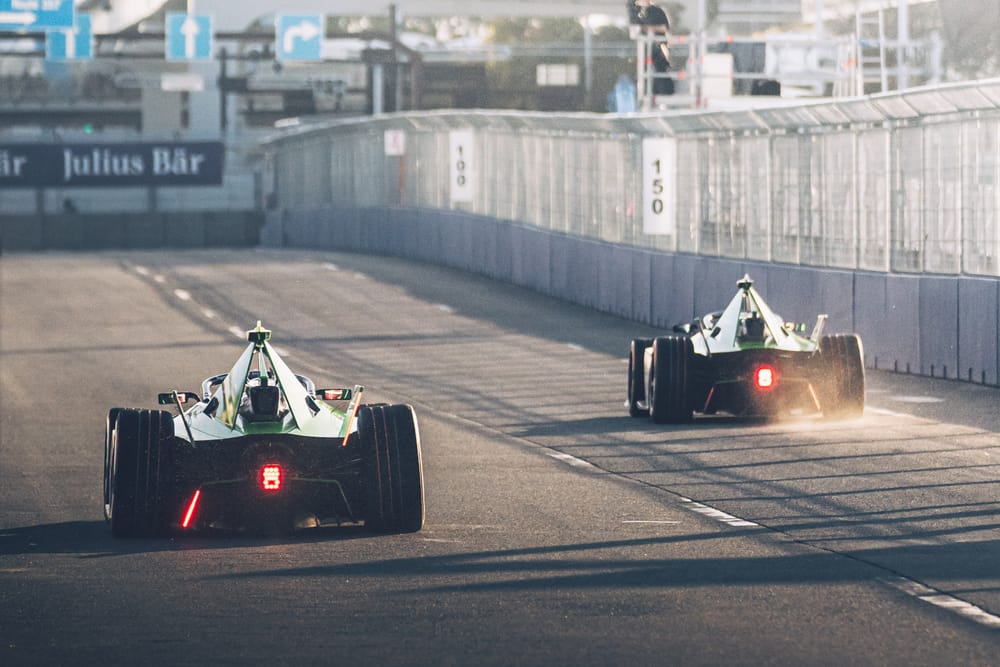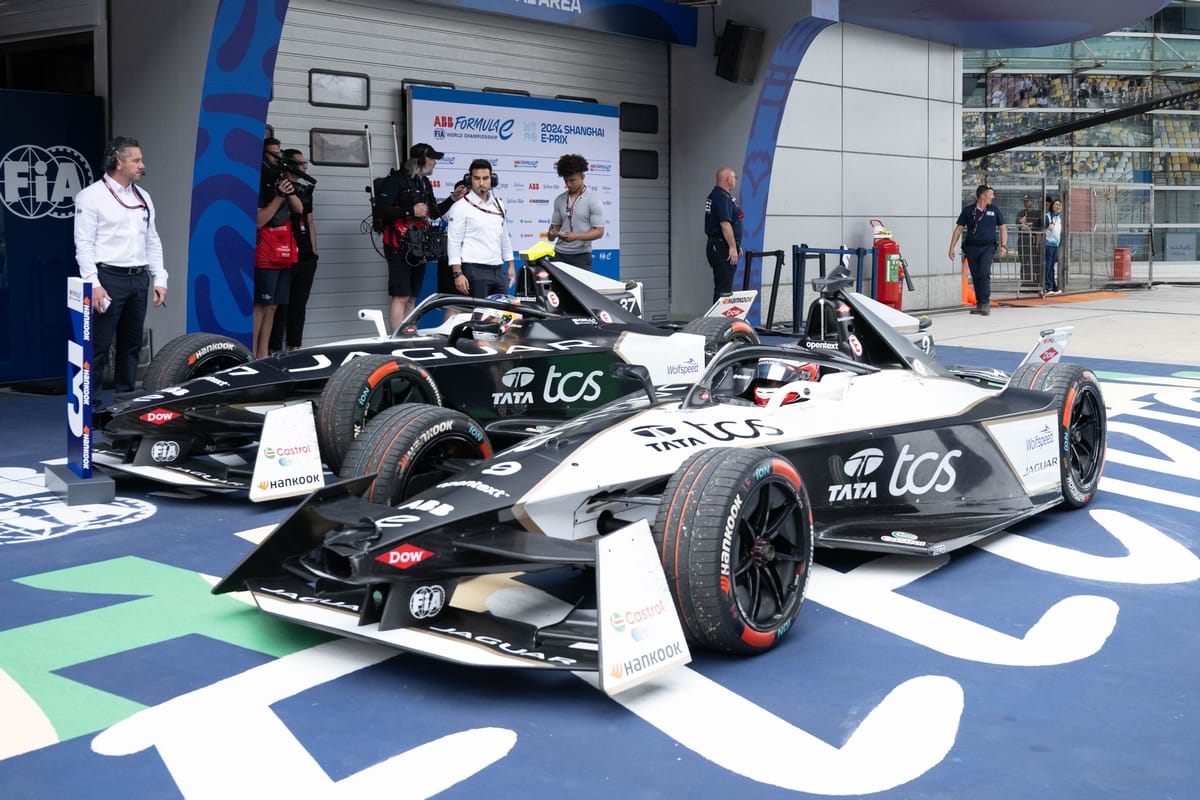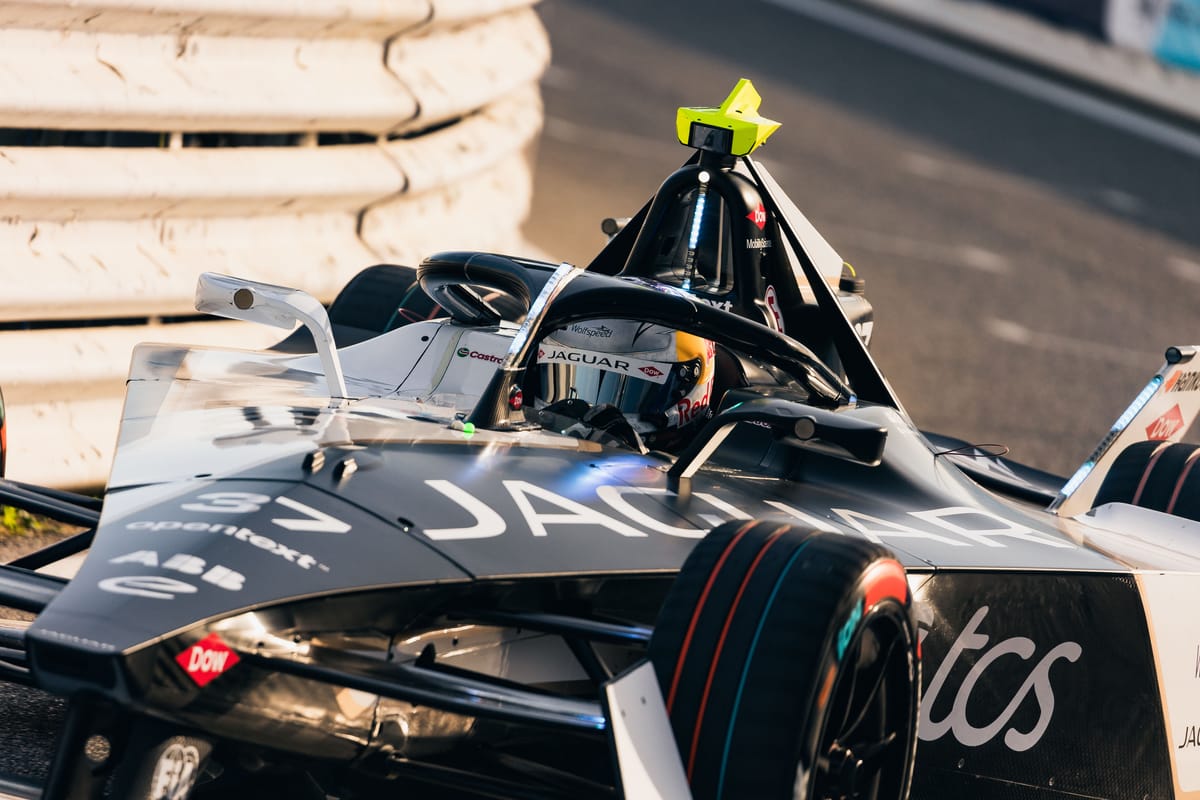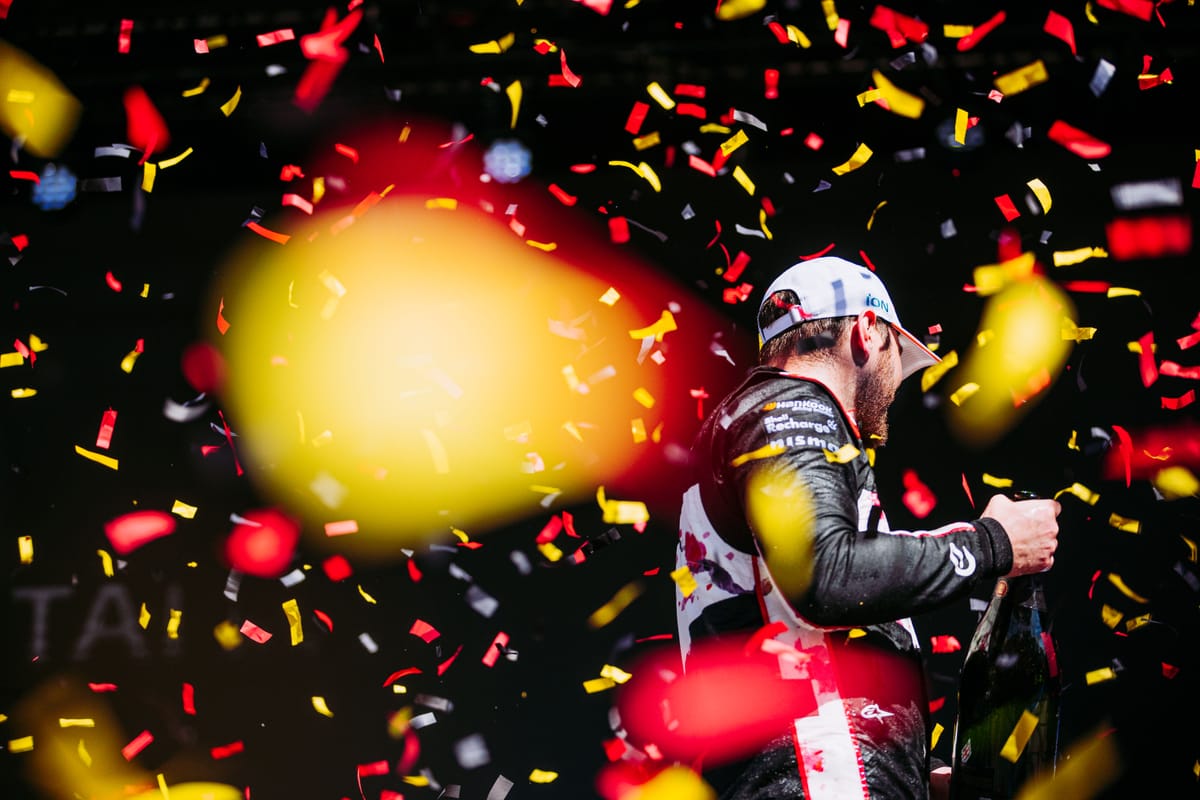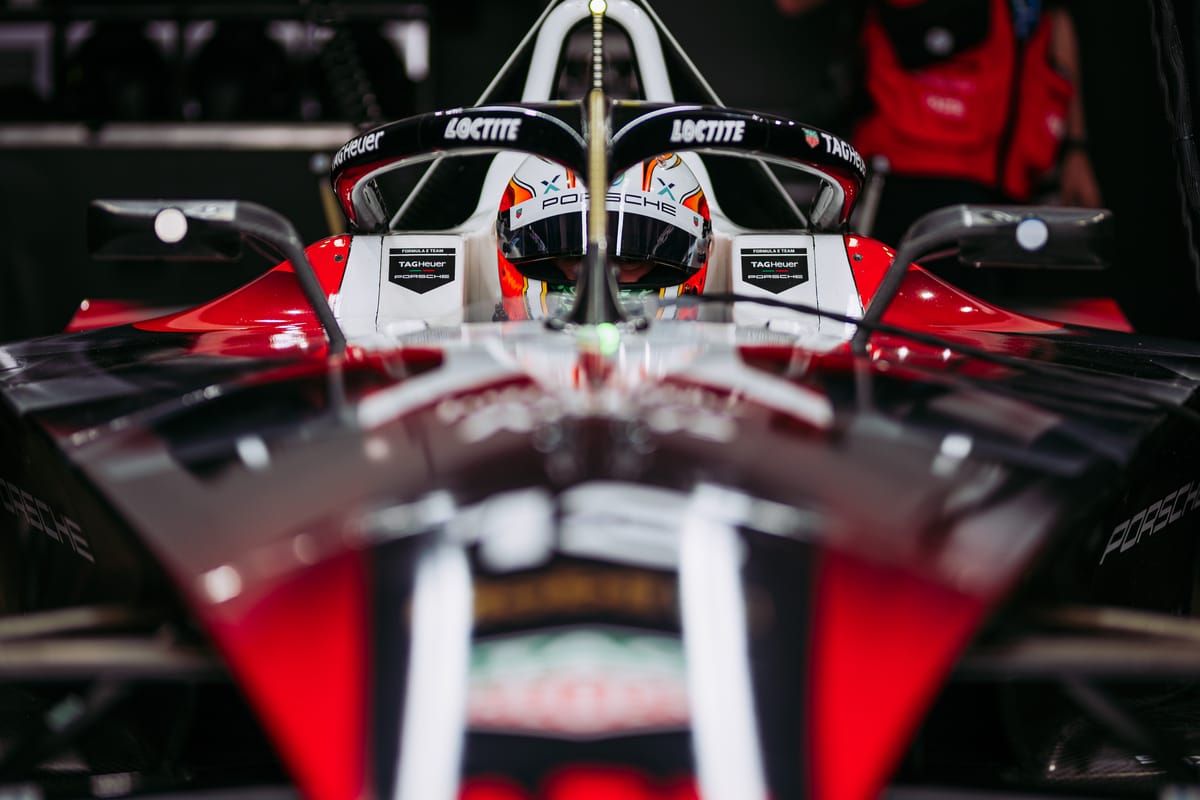One of the biggest mysteries and surprises of the current Formula E season is how and why the reigning teams’ champion Envision Racing has, quite frankly, gone missing.
An average of four points per race, a total of 49 from 12 races, and just two podiums is a very poor haul. For a team that is using one of the best technical packages on the grid via its customer relationship with Jaguar, it’s a glaring anomaly.
To put its 2024 in perspective, compared to the same juncture last season, Envision has scored 176 fewer points. It sits eighth from 11 teams and is 28 away from Maserati MSG, which through running a rookie in Jehan Daruvala, is effectively a one driver team from a big points collation viewpoint thanks to Maximilian Guenther.
Envision has not been doing a worse job across the board this season. It’s more a combination of three key factors that have hurt it and may continue to do so.
Losing Cassidy
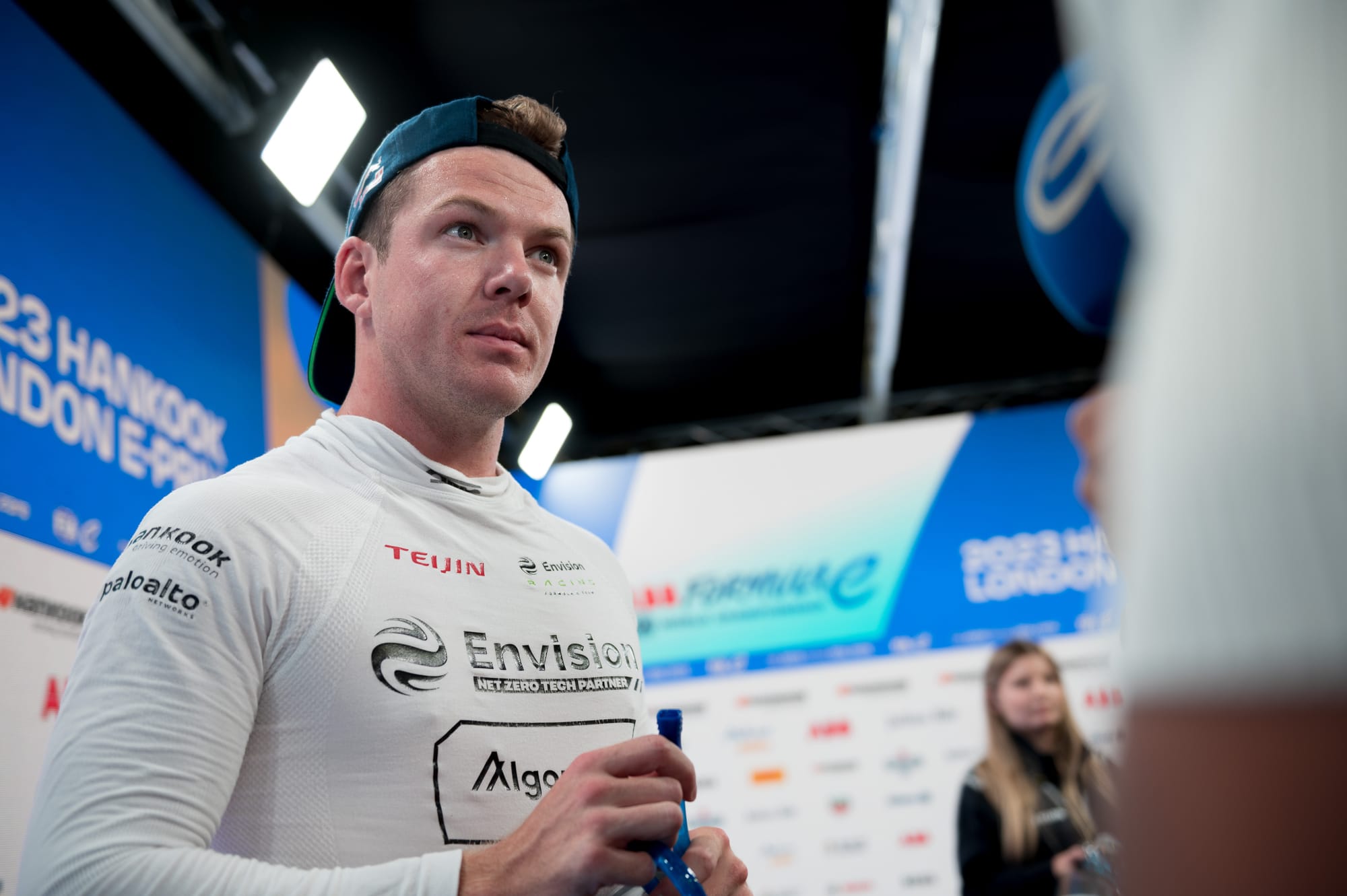
“Obviously, Nick going from our team to Jaguar and he's doing an excellent job there, so, we lost an asset there,” is Envision managing director and team principal Sylvain Filippi’s honest assessment when asked by The Race why it hasn’t been able to execute races as it did in 2023.
Envision's loss is Cassidy and Jaguar's gain as he leads the drivers' championship with two events remaining.
Cassidy was clearly the master at working with his side of the garage to execute those early peloton races last year that netted a second in Sao Paulo and wins at Berlin and Portland to add to his more traditional street fighting wins at Monaco and London.
But Buemi scored 105 points on his own last season, not including the 15 he should have got after taking what appeared to be a completely legitimate podium in Hyderabad before he was deemed to have exceeded the series’ power limit.
Buemi contributed significantly to Envision’s title triumph. This season he has 24 points, one more than team-mate Robin Frijns, although both drivers missed two races through a WEC clash over the Berlin round.
Whatever way you cut it, Cassidy’s stock only rises when you put these facts up to the light and analyse them. But the Kiwi’s exodus to Jaguar is actually only a small part of a much more complex picture.
Second Album Syndrome
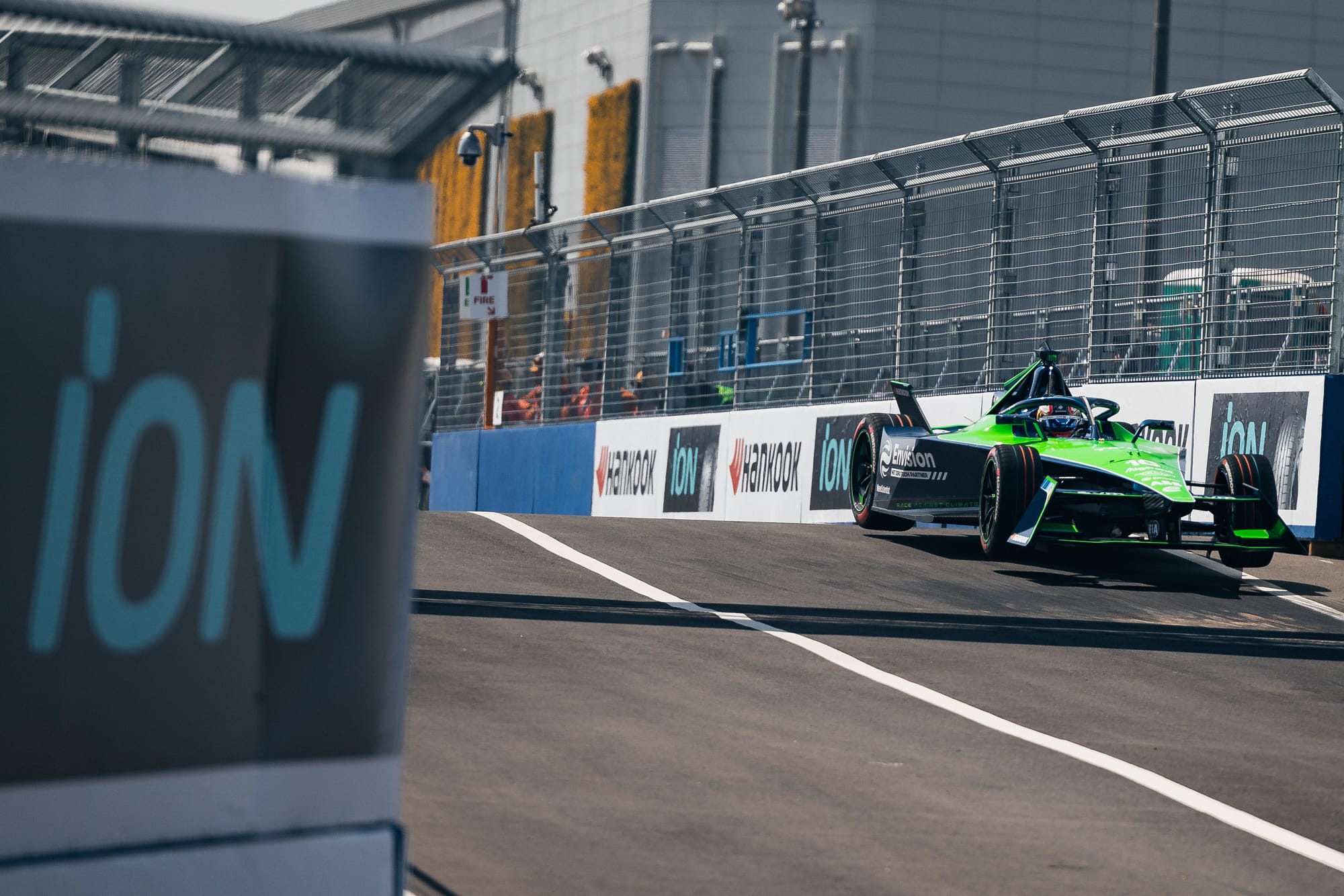
The second season of the Gen3 rules set has seen every manufacturer bar Mahindra beat its customer team fairly conclusively so far on points.
Porsche has 73 points on Andretti, which finished ahead of it last time around. Nissan’s haul dwarfs McLaren’s by 68pts and DS Penske has 77 more than Maserati MSG.
But the biggest discrepancy comes with Jaguar having a barely believable 250 more points than the team that essentially runs the same package – Envision.
That, whatever official lines come out of the team, is not just down to incidents and occasional poor performances. This is much more fundamental.
Envision and Jaguar are known to have a strong relationship. They have an engineer seconded for races and a degree of data sharing that goes on race to race and between events too.
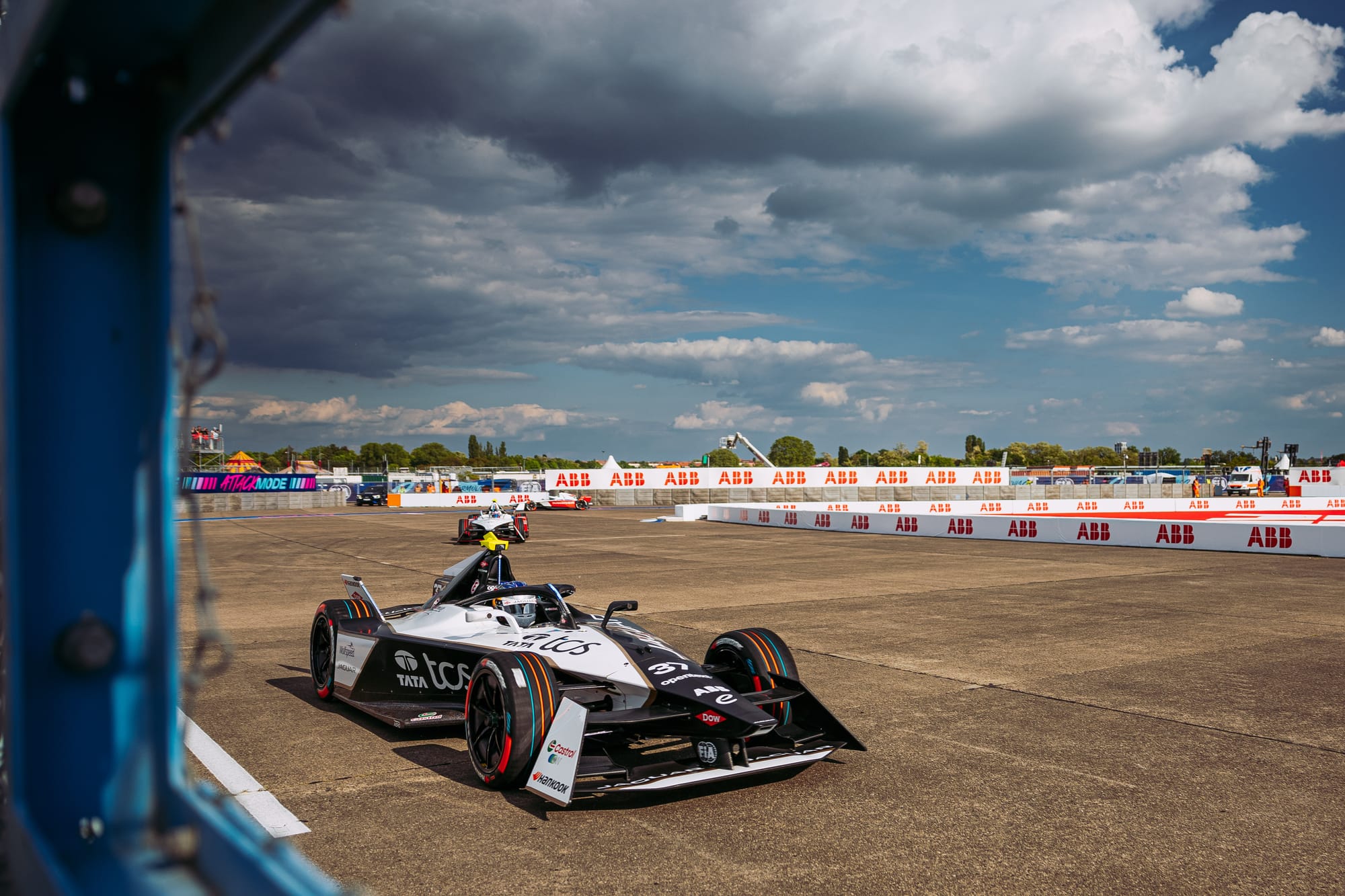
Like a difficult follow-up album to an international best-selling rock anthem, Envision’s 2024 effort has been a dud follow-up and the roots of it might well be in a combination of manufacturers saving a bit for themselves on certain elements and the field both closing up and understanding pack racing much more.
“Clearly, the manufacturer didn't like that [being beaten by its customer teams],” says Filippi.
“And clearly they're trying to find ways to make sure that doesn't happen again.
“That can take various shapes and forms. Ultimately, they are not doing anything wrong. But they have test days that we don't have.
“So, we are starting to feel the effects of not being a manufacturer. For example, the tyres this year behave differently to last year, but without test days it's very difficult to get on top of that. And there are many other things.”
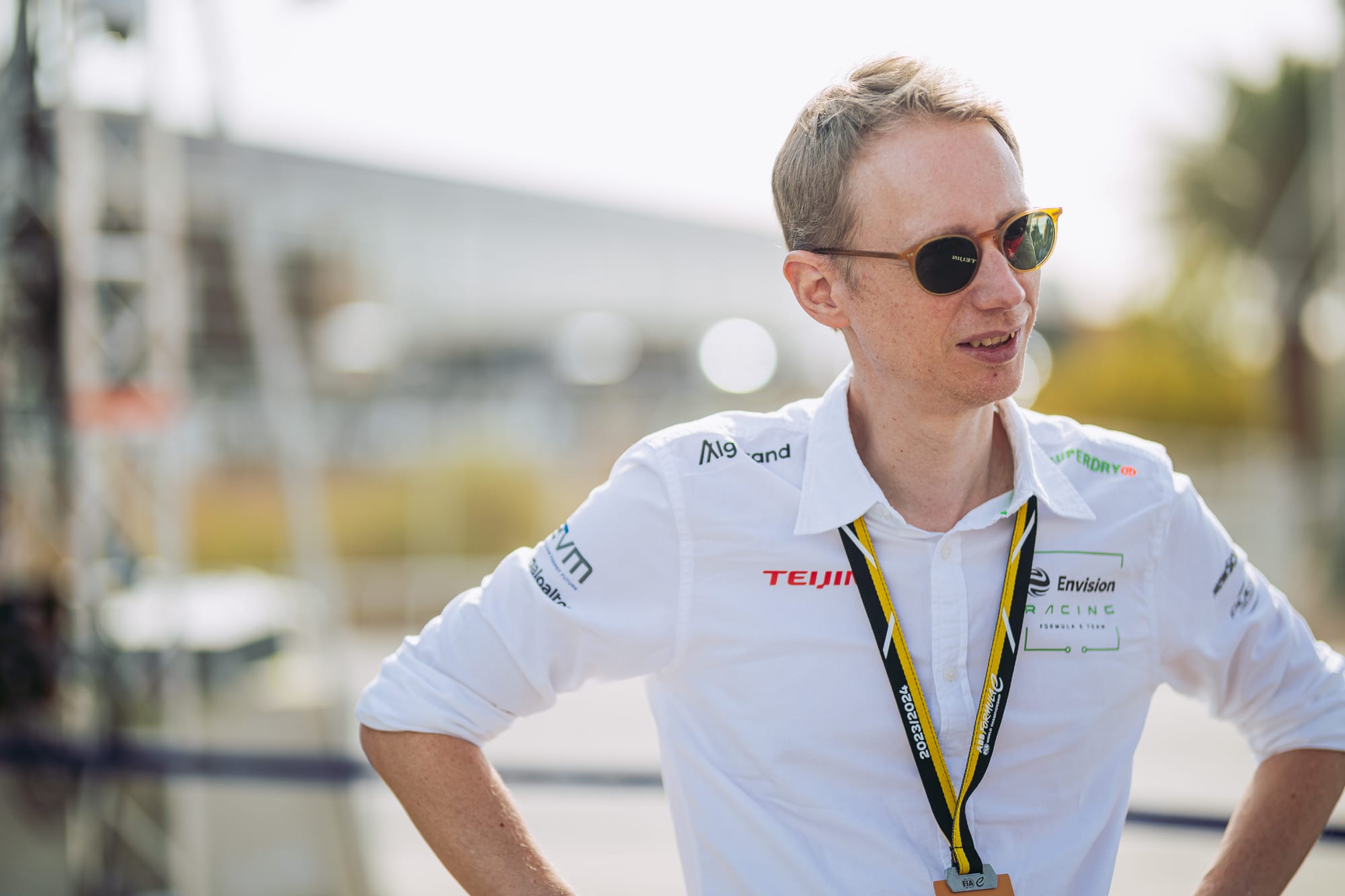
Some of those things will just be the fact that manufacturers have more resources and more budget via the manufacturers' cost cap allocation too. It's not going to invest so significantly and hand everything over to a rival even if it is its IP and its know-how.
Last season was the time for customers to shine because manufacturers were compromised from the outset by having to troubleshoot through Gen3's initial issues. So the playing field was level, if not slightly biased towards the customers because they didn’t go down development cul de sacs because of the issues.
Look at Envision. Heading into the season opener in Mexico City it had barely any running at all with both drivers having had, in Cassidy’s case a major heart-stopping no-brakes issue in Valencia, and Buemi with the same albeit with chassis cracking consequences.
But it had instant parity with Jaguar. And when it got things sorted Envision went on a remarkable run of results leading to beating Jaguar to the teams' crown.
That won’t happen this year however, with the evidence suggesting that a combination of manufacturer control and understanding of the cars it has built is ultimately too strong for the customers to deal with.
Add in to that the fact that teams now understand more how to deal with the pack-racing peloton aspect of E-Prixs and Envision’s advantage last season is further diminished.
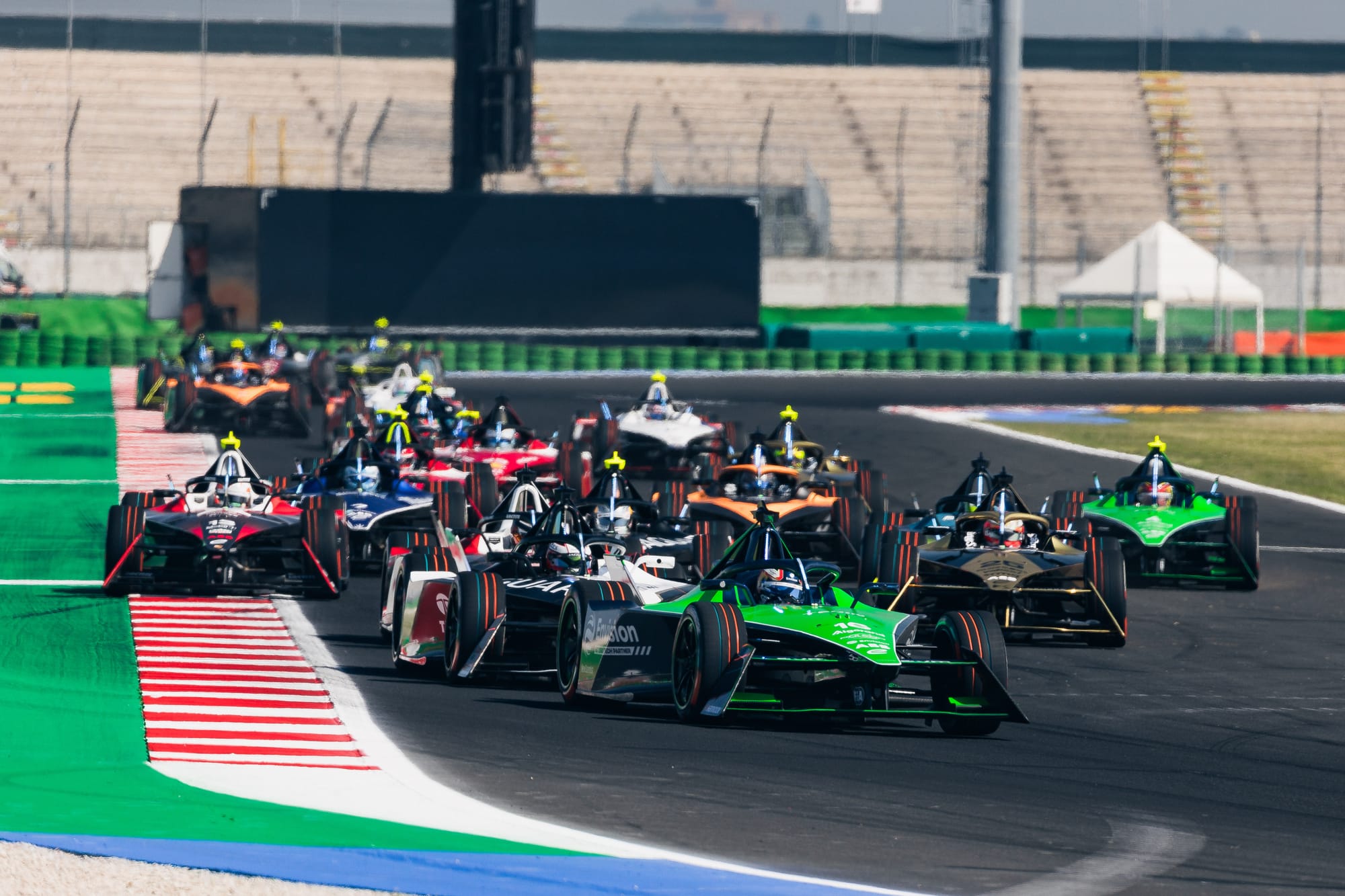
“These peloton races are really not the same as they were last year,” opines Filippi.
“We call them the same. But all the teams have now understood them more and we were the first ones to strategically play them well.
“Now, obviously, every team knows how to do it and we are all a lot closer together in terms of strategy. Also, the level of risk has increased dramatically compared to last year.”
He’s right in all of that. Some drivers are willing to take monumental risks in battles within the pack. It’s what has mostly made Oliver Rowland’s season and possibly what has helped define Envision’s woes.
Additionally, the contraction of the gaps among the grids is making a top eight start (going into the duels) now dictated by hundredths if not thousandths of a second. A prime example was when Frijns missed out on the top eight by 0.002s in Monaco.
And herein lies the problem. In the midfield now the risks of damage and non-scoring or retirement are huge. Frijns found this to his cost in Misano and Monaco. Buemi in Tokyo, Misano and Monaco.
"There's been a few changes at Jaguar and things have changed since last year but the car has been fast most of the time, when you look at the data," says Filippi.
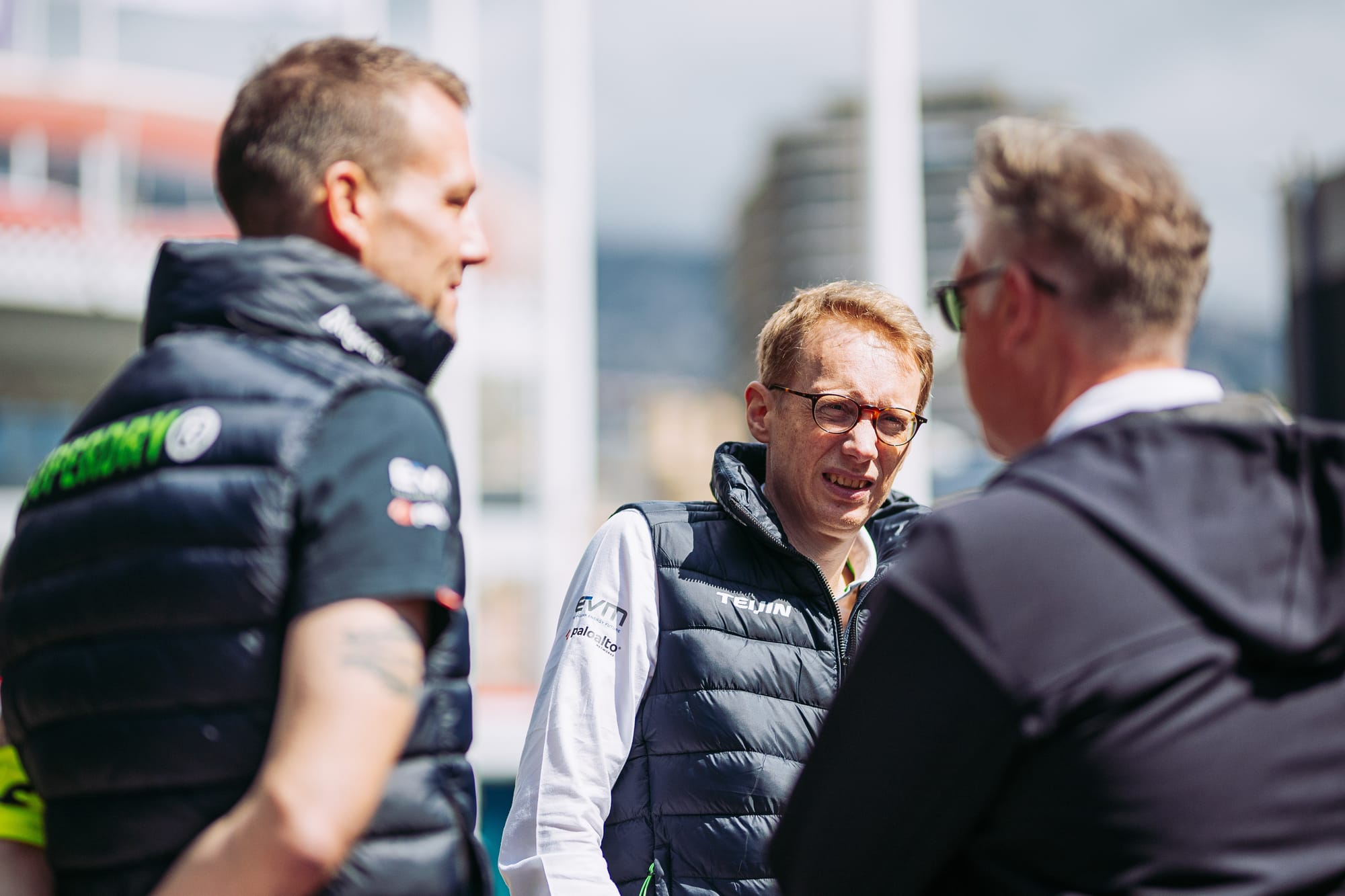
"It's been mostly qualifying at some locations, and then and then put it on race management. Overall, that's been the main problem.
"So that's something we need to call in without errors and in the second race in Shanghai we absolutely nailed the strategy from the back."
Driver Dissatisfaction
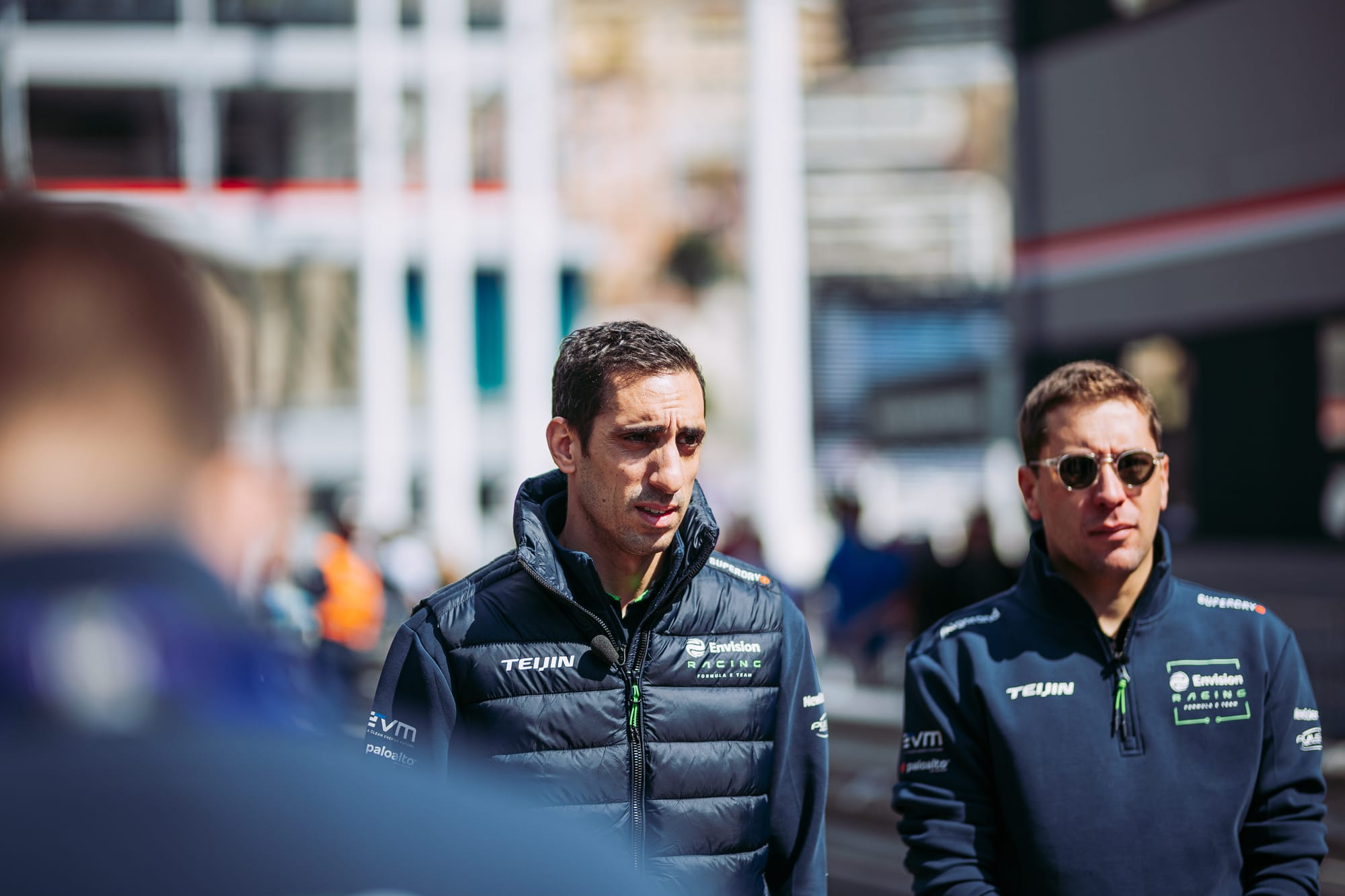
Don’t underestimate the psychological factor of the drivers and how much they loathe the pack-racing structure of at least half of the races in Formula E this season.
Sebastien Buemi and Robin Frijns are very different personalities and drivers. But they share the same trait in hating the way these races are run. They are far from the only ones with probably 80% of the grid - at least - detesting what they represent.
From Frijns’ side, part of that is he still has the psychological aftereffects of his hand-breaking shunt at Mexico City last season. His was a very nasty injury and one that a decade ago would likely have been career-threatening.
The chances of hurting hands in wheel-to-wheel or wheel-to-barrier contact are well-known in Formula E and have accounted for multiple injuries.
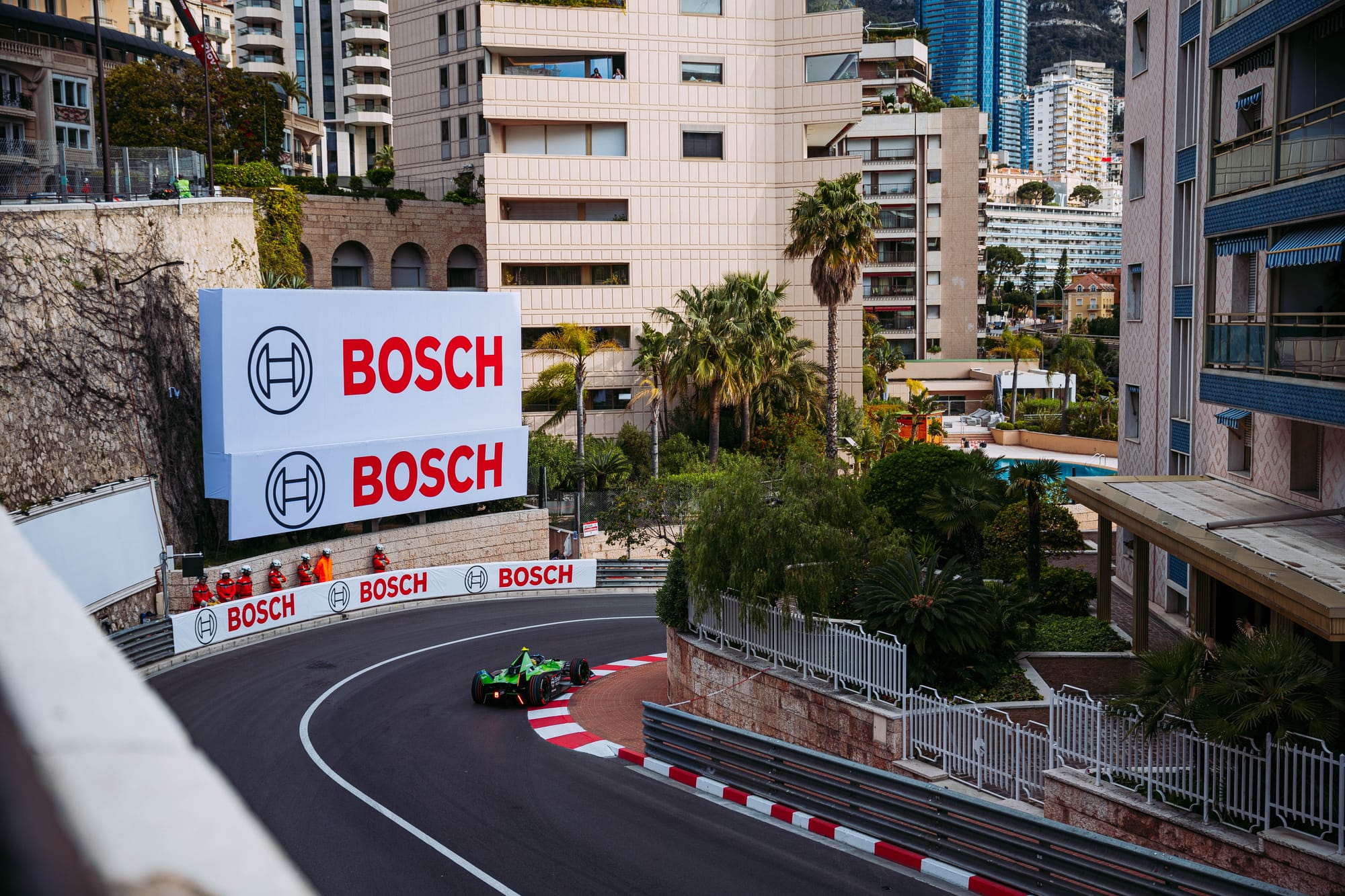
Frijns confided in The Race after Misano in April that he let go of the steering wheel after getting hit by another car and there have been other occasions when he has worried about the effects of another injury too.
Also in the mix for the drivers has been the occasional lost session this season where they’ve been way off the pace. Shanghai Sunday was one such example when the pair brought up the rear of the qualifying groups nowhere near the pace.
But it’s not all been bad. A podium apiece for Buemi and Frijns in Mexico City and Riyadh respectively and decent pace evidenced in several races this season has shown that Envision has had combined potential.
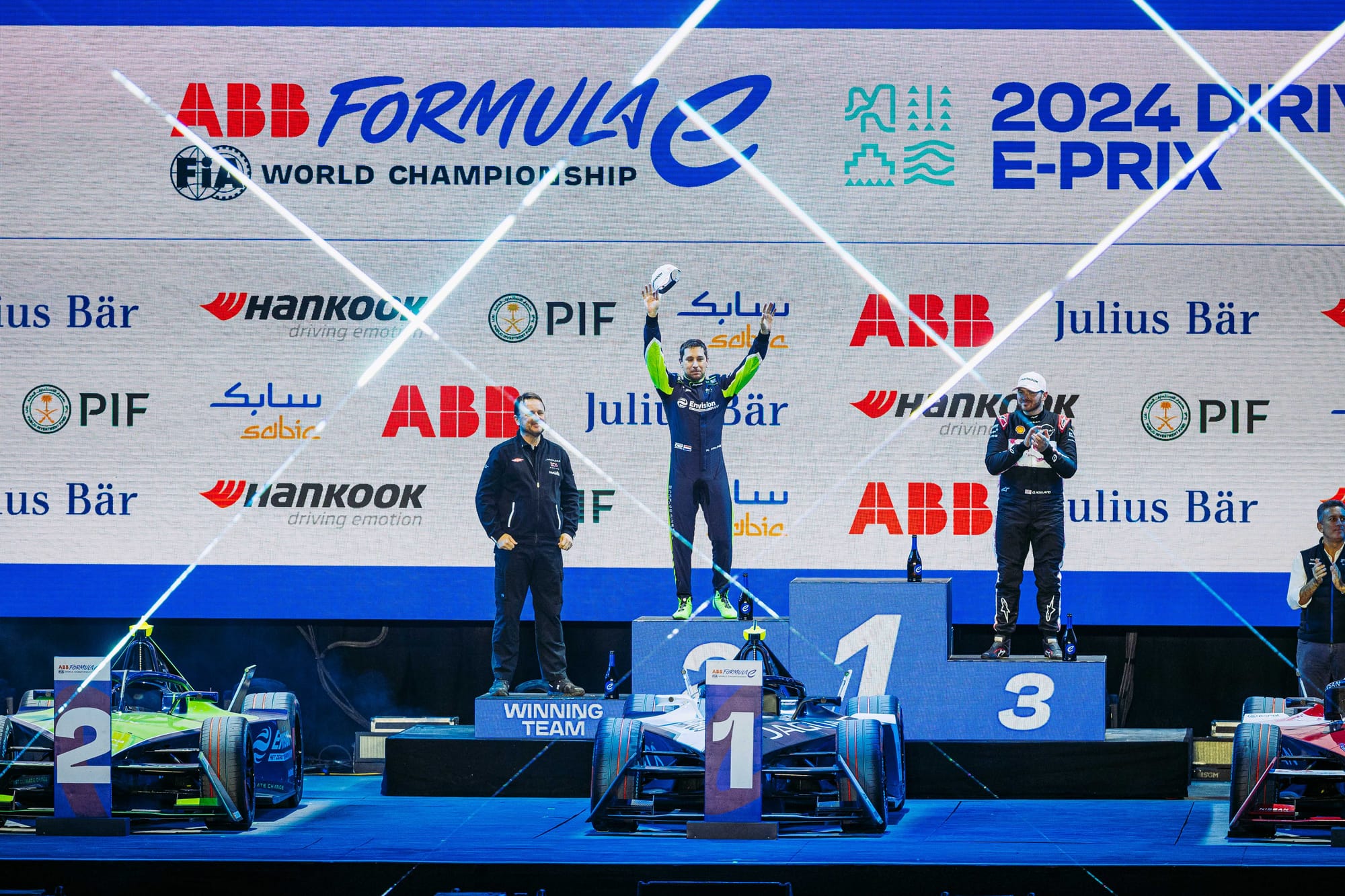
But with the contraction of the gaps from last year the grid is now covered by less than half a second at most races. If you miss the duels by fractions, which Frijns did by the aforementioned 0.002s in Monaco, you are closer to the mayhem come race day.
Filippi made a nod to the style of racing, and his drivers not being used to it.
“My drivers have really be caught by that, and if you speak to them directly they'll tell you it's not the kind of race that they are used to,” he says.
“They are very good race drivers. But this is different and clearly some drivers this year have embraced that kind of racing better than others around the grid. That is quite clear.”
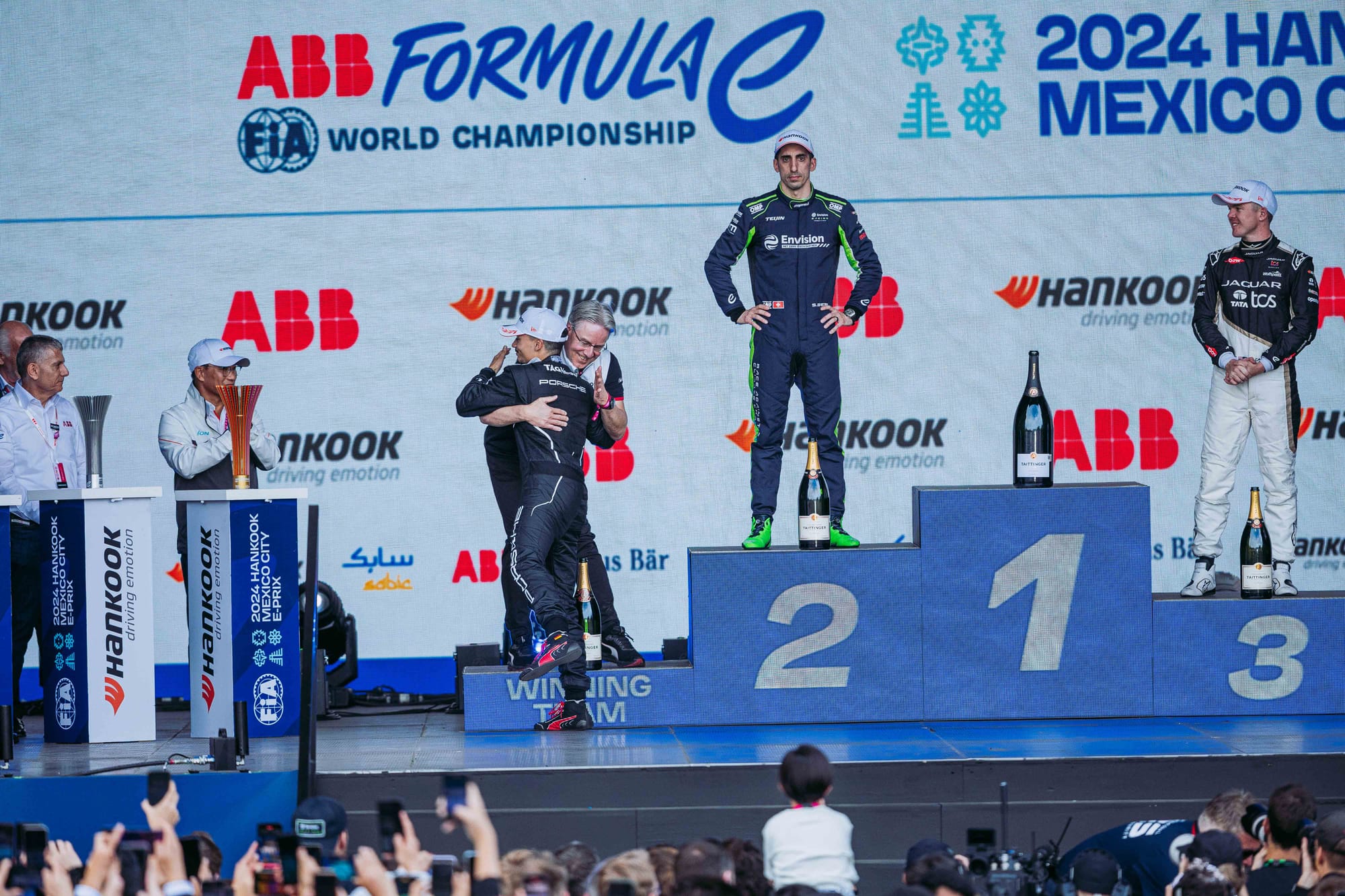
That sounds like a slight dig at his drivers and perhaps Filippi is justified in it. But he has to prepare his team the best way he can for these type of races to continue because irrespective of whether or not fast-charging pitstops come in or not next season, there will likely be at least 50% of races that are structured to extreme energy-saving in elements of races and the subsequent pack-racing hallmarks.
These facts and the clash between Berlin E-Prixs and the Interlagos round of the WEC next July don’t bode well at this stage for Buemi and Frijns’ future plans.
The Race understands that Buemi has a contract for next season but within that there is likely to be usual performance clauses within it. Frijns will likely have something similar within his deal but of course performances work both ways too sometimes with drivers and teams.
“No one doubts Seb and Robin’s ability to race,” adds Filippi.
“I think factually if you look at all the races clearly some drivers, from several different teams, have kind of got on with 'I'm enjoying these type of races a lot more than others'.
“It's not just my drivers, others are really profoundly disliking it or enjoying it and that has an impact on the results as well.
“So, there's a lot of thinking to do.”

